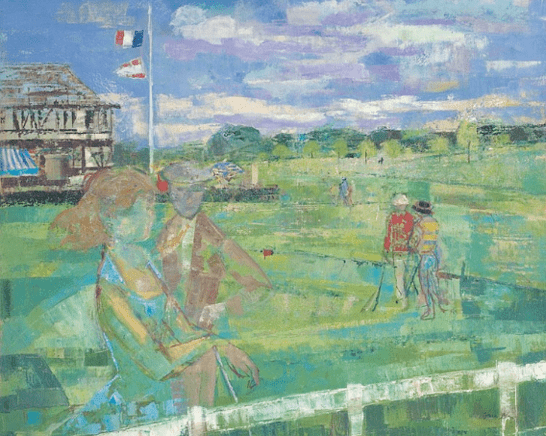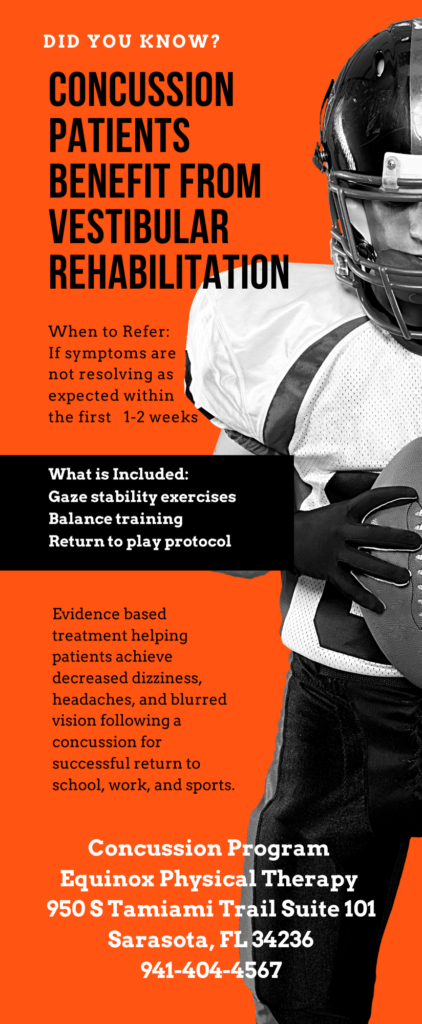BPPV hit the international stage this last week at the 2015 US Open Golf Tournament in Chambers Bay when Australian golfer Jason Day suffered an attack of vertigo and fell to the ground. It’s not every day that people all over the world are talking about and witnessing the debilitating effects of a vertigo attack…
I have been surfing the net, looking at the video footage, and listening to and reading the various commentaries that people are posting. The bottom line is that BPPV is a real drag, and it is horrible in general, but especially difficult if you are trying to play golf. Why do I say that? It is because we know that head or body motions trigger BPPV. The crystals in the inner ear become out of place, and when we bend over, tip our head down or back, or turn quickly, it can trigger the vertigo. Needless to say, it is pretty difficult to play golf without bending over or turning your head quickly, not to mention playing championship level golf and competing with people who are not having this problem.
The good news is that BPPV can be treated! Living in South Florida, I treat a lot of golfers who have this condition. All they want is for the vertigo to go away so that they can get back on the golf course. My BPPV patients in Sarasota, Florida couldn’t stop talking about Jason Day, because they knew how he felt, and hoped that this international exposure of the condition might help others understand what they are going through.
The most common treatment for BPPV is a repositioning maneuver where the head is moved in a certain way in order to put the crystals back in the part of the ear where they belong so that the person no longer has vertigo. There are several treatments that will do this, including the Epley Maneuver, Semont Maneuver, or the Foster Maneuver. These 3 treatments are for the Posterior canal. (The inner ear has 3 canals and each canal requires a different treatment). If maneuvers do not work, there is a surgery to occlude the canal where the crystals are floating, but this surgery is only done in the worst of cases and for very few people since most people respond to the repositioning maneuvers. Also, sometimes BPPV goes away on it’s own.
If you are having vertigo, you need the proper diagnosis in order to get the proper cure. Some of the people who were commenting on the Internet were talking about other causes of vertigo, such as Meniere’s Disease, and offering advice on what they do to control their vertigo. The treatments for BPPV and Meniere’s Disease are completely different, and what works to help Meniere’s Disease does not work to treat BPPV (and vice versa). I would recommend that if you are having vertigo, do not take antidotal advise from a layman with no medical training. Go and see an Otologist (an ENT physician who specializes in treating inner ear problems), or a vestibular therapist (a physical therapist who specializes in treating inner ear problems) who can test you for this problem and get down to business in helping you find the correct answer to your problem.
Painting: Le golf by Emilio Grau Sala, 1961




